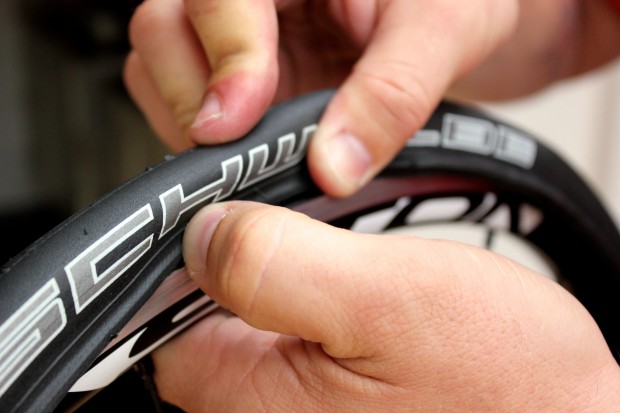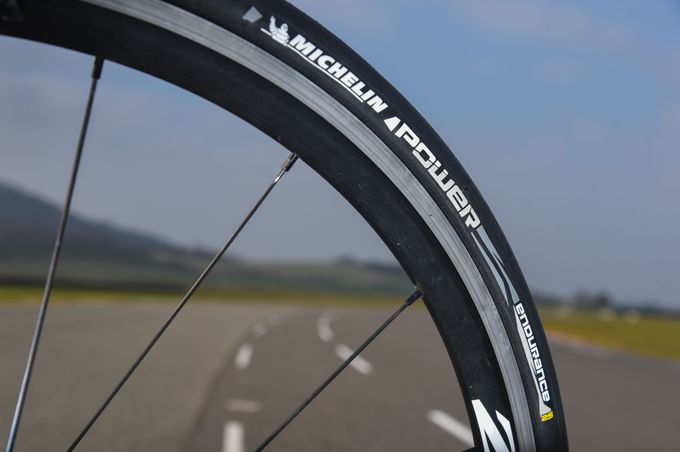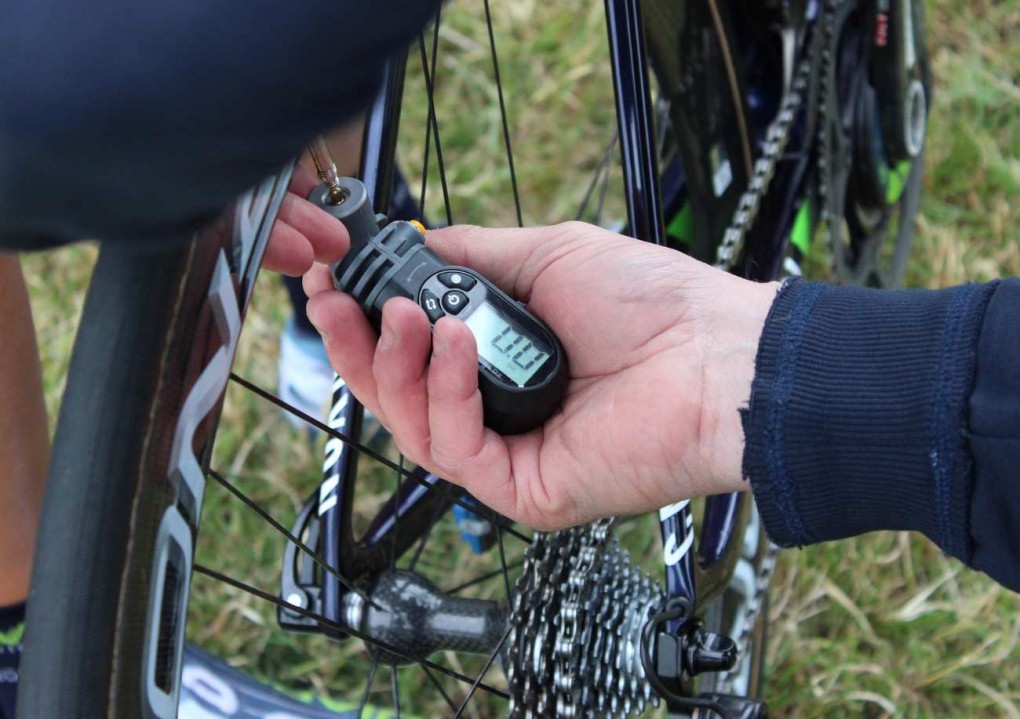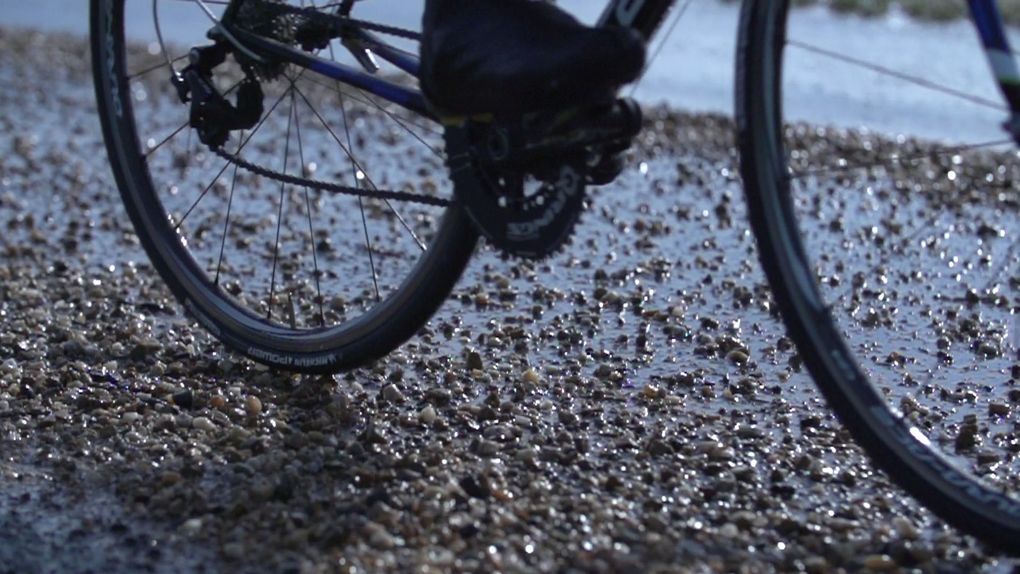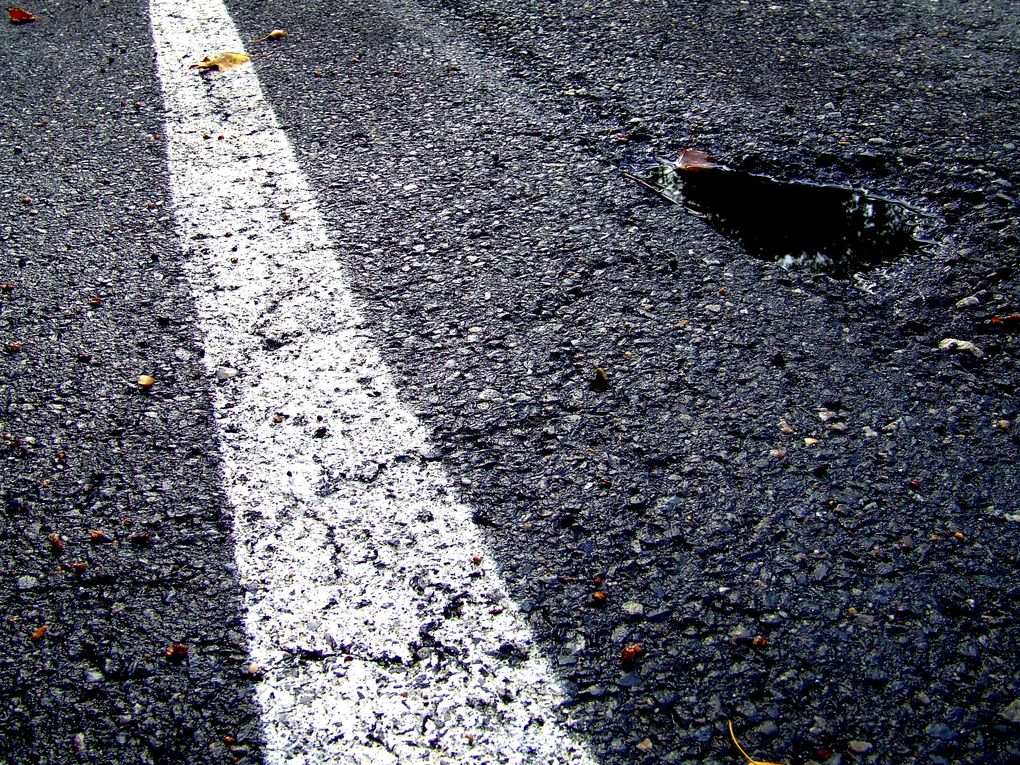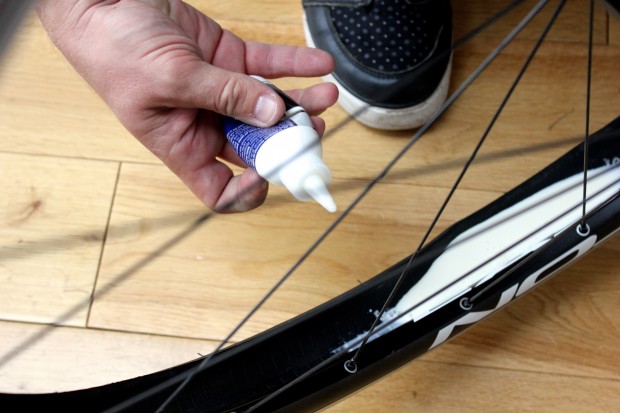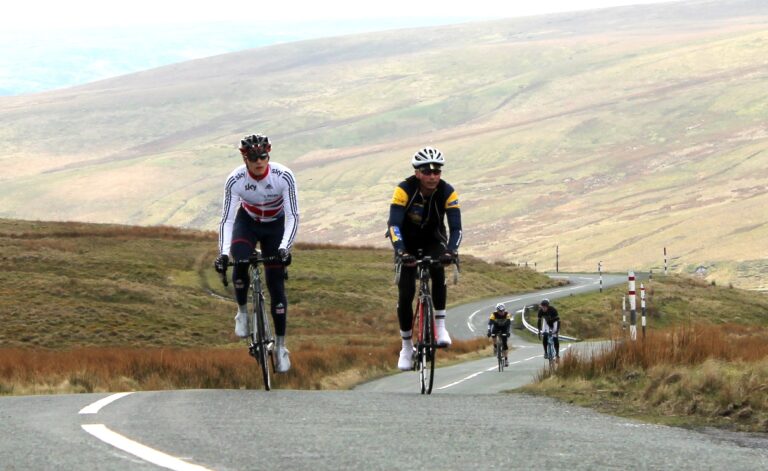Suffering a puncture when out enjoying a ride is every cyclist’s worst nightmare.
While in most cases fixing a flat is a relatively easy task, it does nothing to help your mood as you hear the telltale hiss of air escaping and know that you’re destined for a chunk of time at the side of the road replacing or fixing the tube.
Unfortunately, punctures are a fact of life for cyclists, but there are steps you can take to help reduce the risk of a flat. How can you best ensure that you don’t spend time by the side of the road when you should be riding on it? Here are eight tips to help you stay flat-free.
